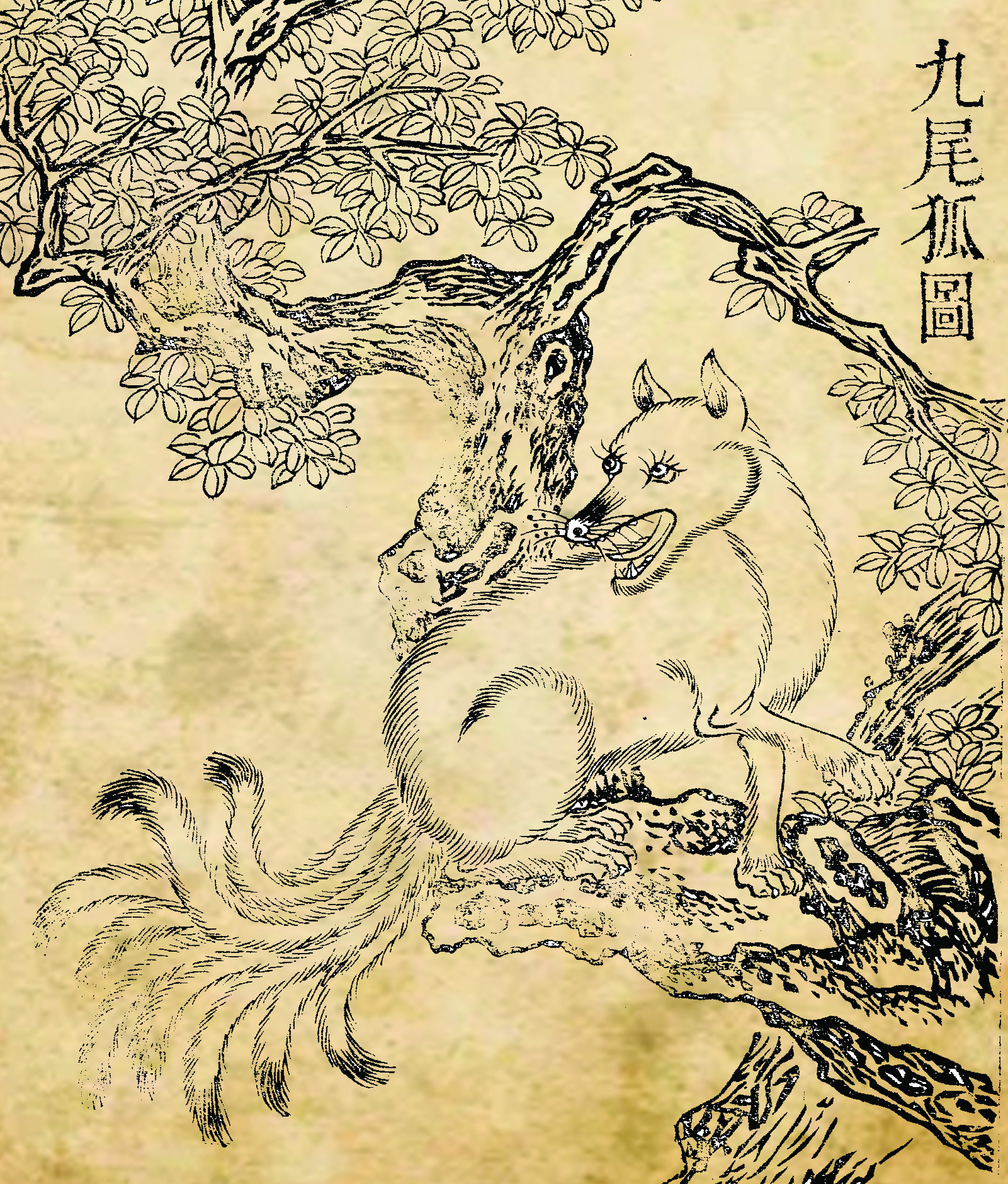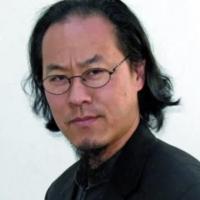If you’re not a fan of the Kung Fu Horror Comedy genre, you might find the notion of Qi Demons and Kung Fu Exorcists strange. It might even seem strange to learn that a Kung Fu Horror Comedy genre exists at all. It’s a surprisingly entertaining category of Chinese cinema. Some outstanding examples include Sammo Hung’s Close Encounters of the Spooky Kind, Tsui Hark’s A Chinese Ghost Story franchise, Lam Ching-Ying’s Mr. Vampire franchise, and many more. If you haven’t seen one of these films, they all make for great Halloween viewing.
The Chinese horror genre is called Jiāngshī (殭屍). A jiāngshī is Chinese demon that lies somewhere between a Western vampire and a zombie. It’s a reanimated corpse that rests in a coffin by day and comes out to hunt at night, but instead of drinking blood, they suck qi. Just like Dracula has his signature cape, jiāngshī are traditionally clad in the robes of a Qing Dynasty official. They are often translated as ‘hopping vampires’ because they can only hop in straight lines. They are also blind and can only find you by smelling and hearing your breath.
If you’re new to Jiāngshī, welcome to the world of Chinese folklore, which is full of mystical creatures, demons, and magic. Like our fantasy realms of elves, ogres, and dragons, Asia has its own unique mythology of jiāngshī, nine-tailed fox demons, and of course, dragons. However, it’s a mistake to conceptualize Chinese dragons like western ones. The European dragon is more like a winged dinosaur, an incarnation of the devil, to be slain by Saint George. A Chinese dragon is a chimera-like creature that combines the likenesses of nine beasts: head of a camel, antlers of a stag, ears of a cow, neck of a snake, belly of a clam, scales of carp, claws of an eagle, soles of a tiger, and eyes of a demon. It is an amalgamation of totems representing the nine provinces of ancient China. And nine-tailed fox demons are extremely unique to Asia. Through decades of cultivation, a fox demon can transform itself into a seductive woman. And like a western mermaid or a Celtic selkie, fox demons lure unwitting victims to their demise. Fox demons appear in Pokémon, Naruto, and Shang-Chi and the Legend of the Ten Rings, to name but a few.
Western sino-cinephiles sometimes dub this genre as ‘Fant-Asia’ and beyond film, it’s a time-honored grouping that also appears in time-honored literature, traditional plays, and opera. It’s also known as yāoguài (妖怪), which is loosely translated as ‘strange demons.’ It’s the same characters that translate into Japanese as yōkai, which is a term that any anime fan knows.
With such a rich mythic world of strange demons, it’s only natural for demonic possession to exist within Chinese culture, and consequently, demonic exorcists. Just as exorcism is the duty of Western priests, it falls on Daoist priests and Buddhist monks to be the exorcists. This practice still exists today. Several masters from Wudang and Shaolin have told me tales of leading exorcisms confidentially. It’s one of the many duties of their position, but they are hesitant to discuss it openly because the cultural baggage can be too complex for westerners to decode.
Demonic Possession in the Martial Arts
When I first began practicing qigong for martial arts, I encountered random movements that didn’t make much sense. I was told it would keep me from going mad, sort of psychological buffer to keep me on the straight and narrow with my practice. Once I was even told that it would prevent demons from entering my mind. That teacher, who will remain unnamed here, believed that when you tap into the universal energy of qigong, it can make you susceptible to evil demons because they feed on the same qi. Being naturally skeptical, I disregarded such notions as superstitious whimsy. Today, after decades of qigong experiences, I don’t disregard these anymore.
Qi demons are very real, and I bear witness to them.
However, qi-related demonic possession isn’t like Linda Blair puking pea soup in The Exorcist, at least not from what I’ve seen so far. There is a madness that can come from improper qigong practice. It can make practitioners into egotists, and we all know plenty of egotistical martial artists, which perhaps is why humility is stressed so much in most traditions.
There’s a term for qigong madness in Chinese – zǒuhuǒrùmó (走火入魔). This is commonly translated as ‘qigong deviation’ or sometimes more colloquially as ‘fire sickness.’ Zǒuhuǒ means to ignite a fire, rù means ‘to enter’ or ‘to join’ and mó means ‘demon.’ Zǒuhuǒrùmó specifically refers to when something goes afoul in one’s martial or spiritual training that triggers physical or psychological perturbations.
Today, the modern science of therapy has defined this as ‘qigong-induced psychoses.’ Qigong psychotic reaction is classified as a culture-bound psychological disorder. It is discussed in both the Chinese Classification of Mental Disorders (CCMD-2) published by the Chinese Society of Psychiatry and the 4th edition of the Diagnostic and Statistical Manual (DSM-IV) of the American Psychiatric Association. These are the standard references for abnormal psychology in the East and West.
DSM-IV describes qigong psychotic reaction as "an acute, time-limited episode characterized by dissociative, paranoid, or other psychotic or non-psychotic symptoms." It goes on to state that "especially vulnerable are individuals who become overly involved [in qigong]." This is not limited to qigong. Parallel phenomena can be found in some meditation techniques and yoga. However, it is more pronounced in qigong, which is why it is labelled so by DSM-IV.
Dr. Yang, Jwing-Ming alludes to this in his article ‘Common Qigong Phenomena.’ There he discusses a dozen common phenomena experienced in qigong practice. Within his ninth point, ‘Fright,’ he says the following:
“Sometimes your mind is very clear, but you cannot center it, and it may start to generate fantasy or illusion. This is called entering the demon or being bewitched. You may feel a cold draft and think it is an evil spirit, as your imagination generates thoughts to disturb you.”
Dr. Yang goes on to discuss some simple ways this can be avoided in practice. Coincidentally, his first method, Beating the Heavenly Drum (míng tiān gǔ 鳴天鼓), is the same method that my previously unnamed teacher advocated to prevent demonic possession. Perhaps I should not have been so skeptical. Perhaps demonic possession was that teacher’s ESL-limited way of describing psychosis.
Then again, perhaps demons are real, and psychoses is the only way modern science can describe them.
I don’t fear Chinese demons. If I get ‘the fear,’ I can beat the heavenly drum. I don’t fear jiāngshī either. From my qigong practice, I believe that I can hold my breath long enough to evade a hopping vampire. And if I ever get seduced by a nine-tailed fox, well, I should be so lucky.
Happy Halloween!
The above is an original article by Gene Ching, Staff Writer for YMAA Publication Center.




